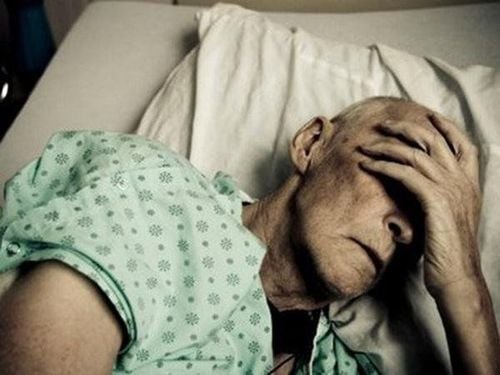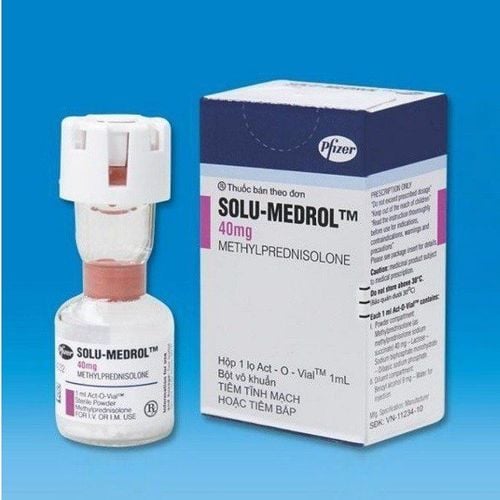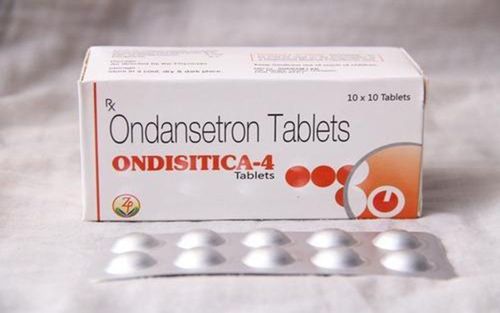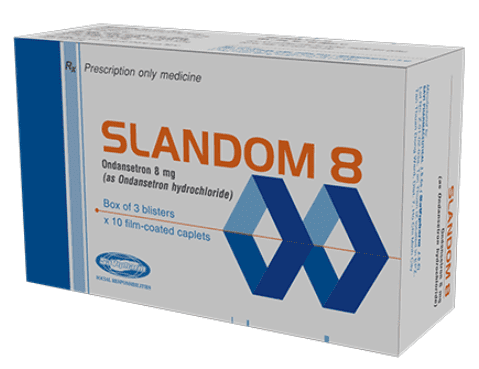This is an automatically translated article.
Determining the stage of cancer has many important roles in the treatment process. Knowing the stage of the cancer will aid in the treatment plan and the patient's prognosis.1. What it means to stage cancer
In cancer treatment, determining the cancer stage helps to assess the progression, spread and severity of the cancer, specifically as follows:
The stage of the cancer determines the treatment: The treatment plan depends on the type and stage of the cancer. The order of treatments, such as chemotherapy, radiation, or surgery, will be decided depending on the stage of the cancer. Cancer stage helps predict the chance of recovery: Based on the cancer stage, it can predict the likelihood of remission, growth, spread or return of the disease after treatment. Cancer staging helps determine suitable tests: Patients with different stages of cancer will be suitable for different tests. Therefore, based on the stage of the cancer, the doctor can prescribe the appropriate tests to support the diagnosis and treatment of the disease. Support the trial of new therapies: Thanks to the staging of the disease, it is possible to compare the effectiveness of new cancer therapies between subjects in the same stage.

2. How to determine cancer stage based on TNM . system
For many types of cancer, doctors often use the American Cancer Commission (AJCC) TNM system to describe a cancer's stage.
Cancer stage is divided into 2 types: clinical stage and pathological stage. Clinical staging is based on the results of tests performed prior to surgery. Pathological staging is based on findings found during surgery. In general, pathologic staging provides more accurate information for patient prognosis. The TNM system is often used to stage cancer for solid tumors, where:
T stands for tumor, ie tumor. The symbol T is followed by the numbers 0-4 to indicate the size and location of the tumor. Tumor size is measured in cm. N stands for Nodes, i.e. lymph nodes. Lymph nodes are small, bean-shaped organs that help the body fight infection. Lymph nodes near where the cancer started are called regional lymph nodes. Lymph nodes in other parts of the body are called distant lymph nodes. Usually, the letter N is followed by the numbers 0 - 3. The more lymph nodes near the cancer, the larger the number attached. However, for some types of cancer, the location of the cancerous lymph nodes determines this number. M stands for Metastasis, which means metastasis: indicates whether the cancer has spread to other parts of the body. If the cancer has not spread, it is considered stage M0. If the cancer has spread, it is considered stage M1.
Trắc nghiệm: Bạn biết gì về các yếu tố nguy cơ, chẩn đoán và điều trị ung thư tuyến tụy?
Ung thư tuyến tụy phổ biến thứ 10 trong những bệnh ung thư mới và là nguyên nhân thứ 4 gây tử vong do ung thư ở nam, nữ. Bài trắc nghiệm này sẽ kiểm tra kiến thức của bạn về các yếu tố nguy cơ, chẩn đoán và cách điều trị ung thư tuyến tụy.
Bài viết tham khảo nguồn: medicalnewstoday 2019
3. Cancer stages
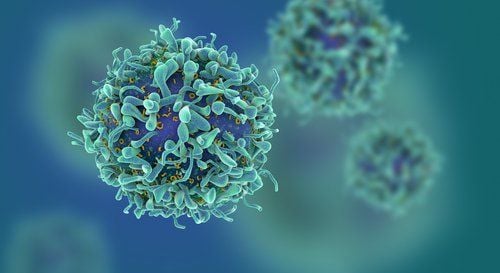
Doctors combine 3 results T, N, M and other factors for each specific cancer to determine the TNM cancer stage for each patient. Most types of cancer have four stages, the cancer stage symbols are I, II, III, IV. Some cancers also have a cancer symbol of 0, which is stage 0 (zero).
Stage 0: This stage describes cancer that is still in place and has not spread to nearby tissues. Patients at this stage are highly curable and are usually treated with surgical removal of the entire tumor. Stage I: At this stage, the tumor is usually small or has not grown deep into nearby tissues. It also has not spread to the lymph nodes or other parts of the body. Patients at this stage are often referred to as early stage cancer. Stage II and stage III: These 2 indicate the cancer or tumor is larger and has grown deep into nearby tissues. They may also have spread to the lymph nodes but not to other parts of the body. Stage IV: At this stage the cancer has spread to other organs or parts of the body. It may also be called advanced or metastatic, late-stage cancer. The TNM system is mainly applied to cancers with solid tumors, for example breast, colon and lung cancers. For certain types of cancer there will be other staging systems, for example leukemia, lymphoma or multiple myeloma because it does not form a solid tumor, or brain cancer because the tumor is in The brain usually does not spread outside the brain and spinal cord.
Oncology Department at Vinmec International Hospital system is fully equipped with cancer treatment models: From surgery, radiation therapy, chemotherapy, pain treatment and post-treatment care. The diagnosis is made carefully: blood test, X-ray, ultrasound, magnetic resonance imaging, myelogram, myelogram, biopsy, immunohistochemistry, biological diagnosis molecule. The treatment process is closely coordinated with many specialties: Center for Diagnostic Imaging, Laboratory Testing, Cardiology, Department of Obstetrics and Gynecology, Department of Endocrinology, Department of Rehabilitation, Department of Psychology, Department of Nutrition Nursing Department, Pain Treatment Department to bring to patients the optimal treatment regimen and the most reasonable cost.
Please dial HOTLINE for more information or register for an appointment HERE. Download MyVinmec app to make appointments faster and to manage your bookings easily.
Article referenced source: cancer.net



